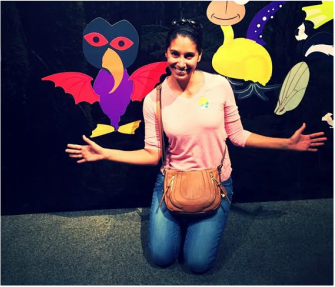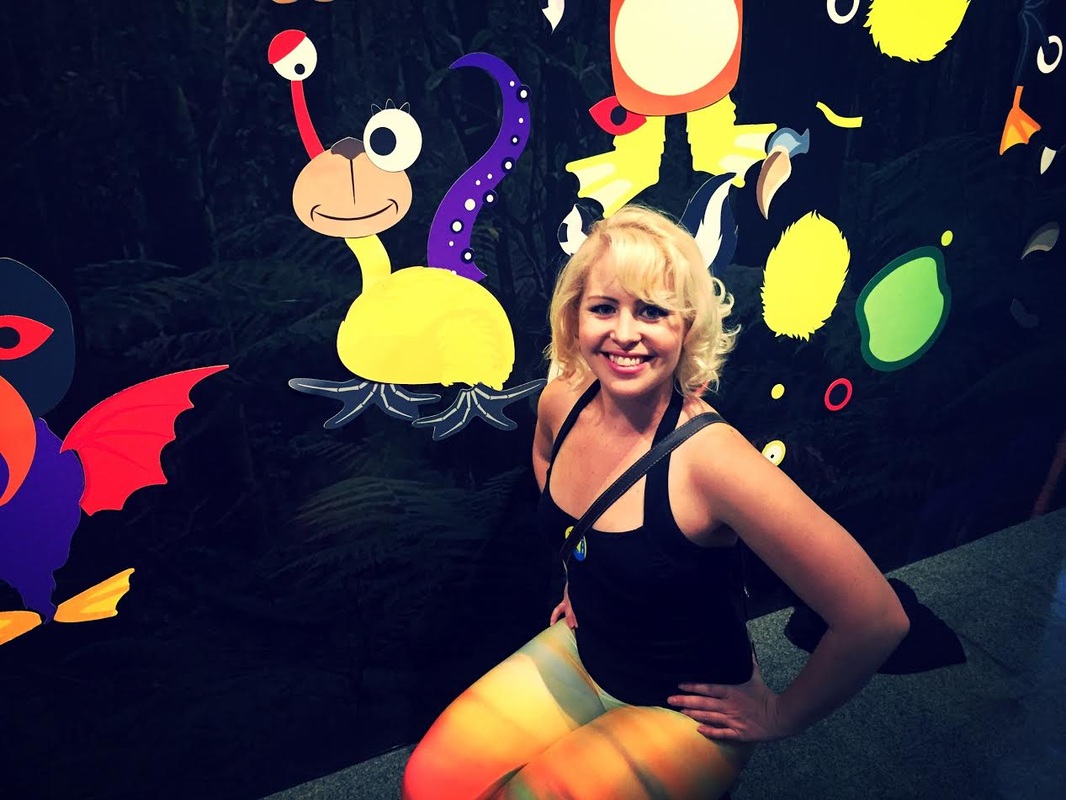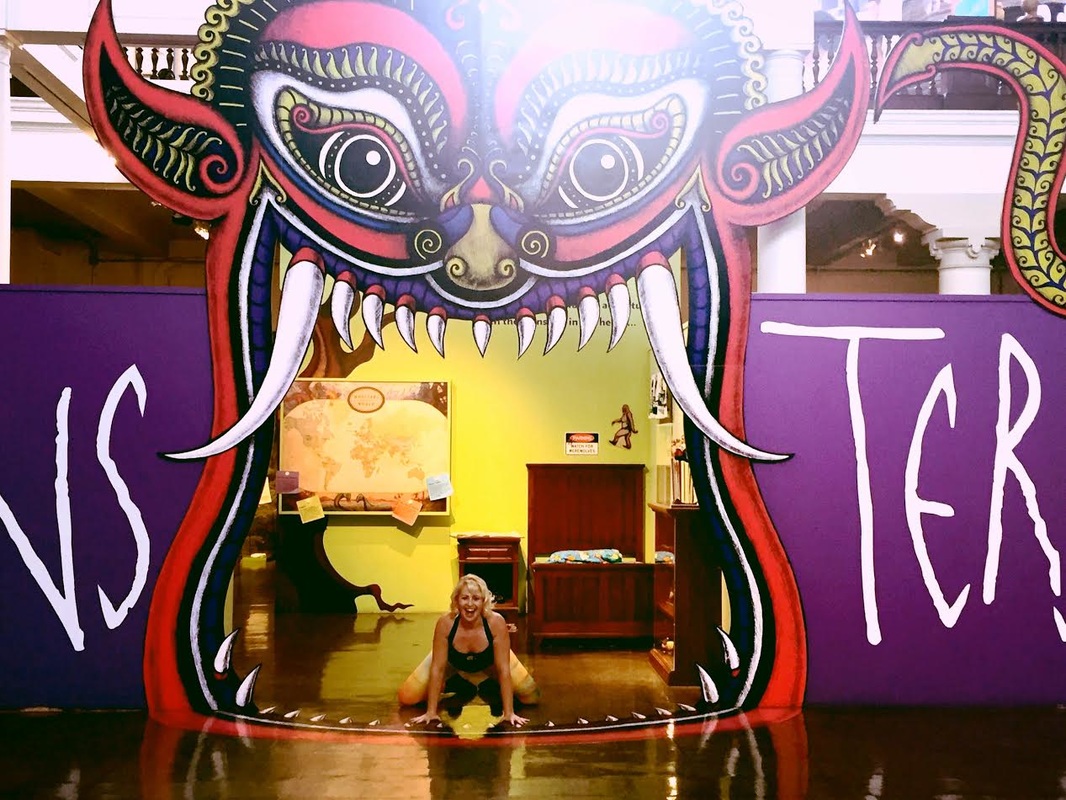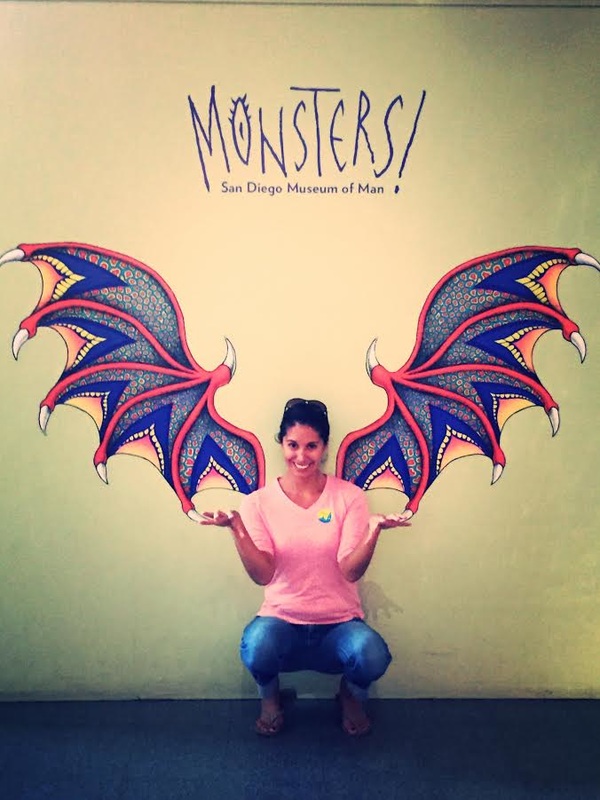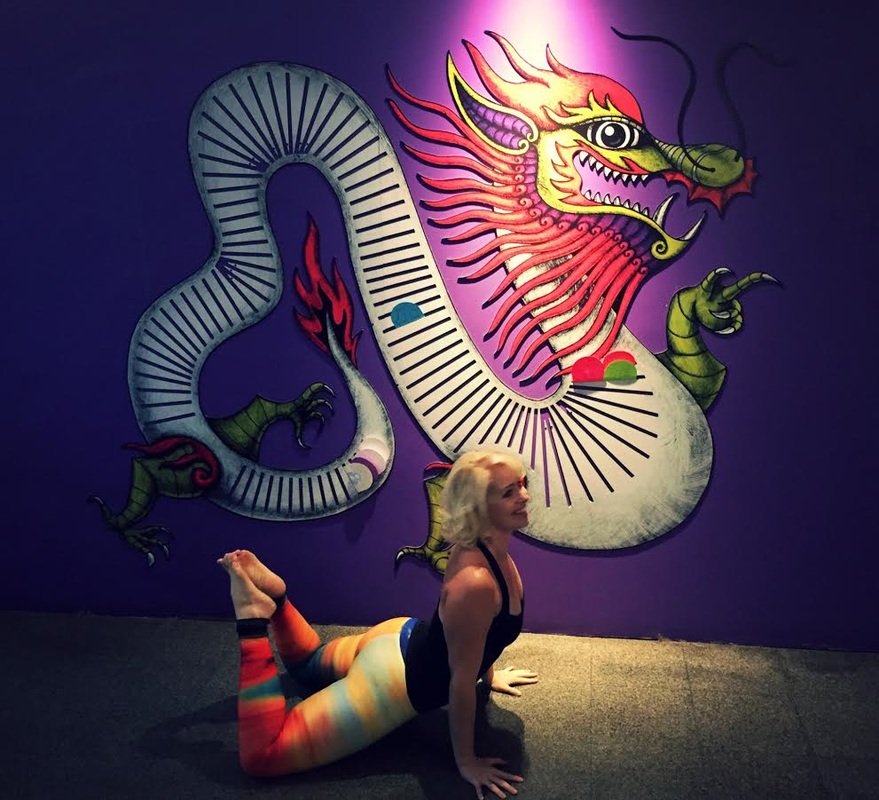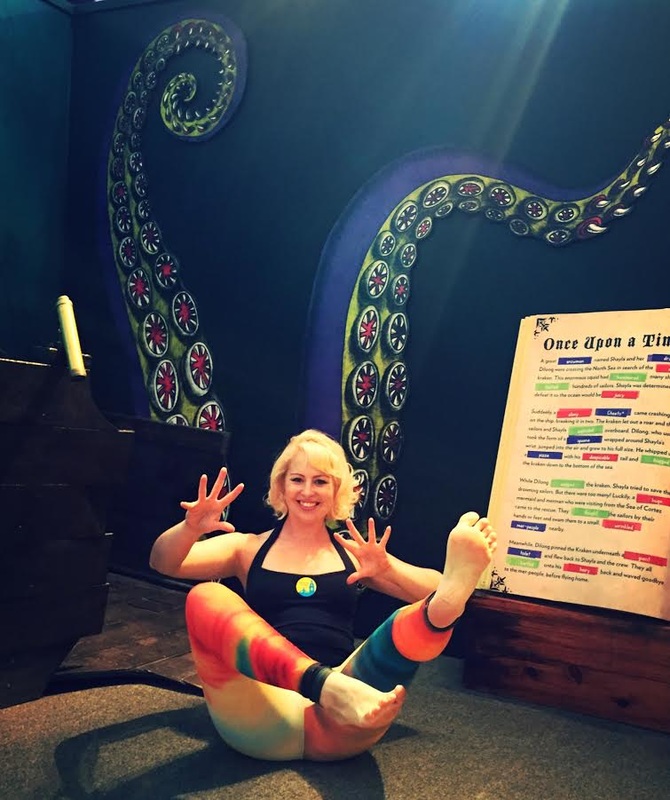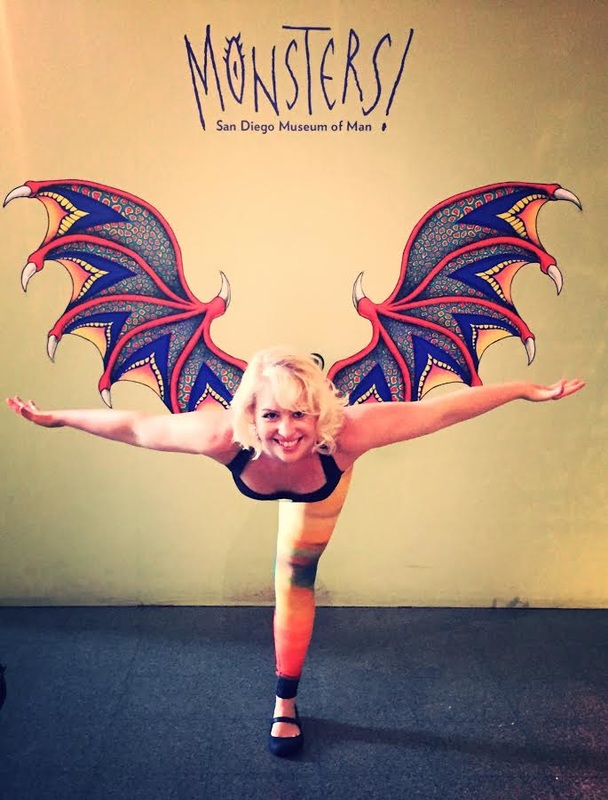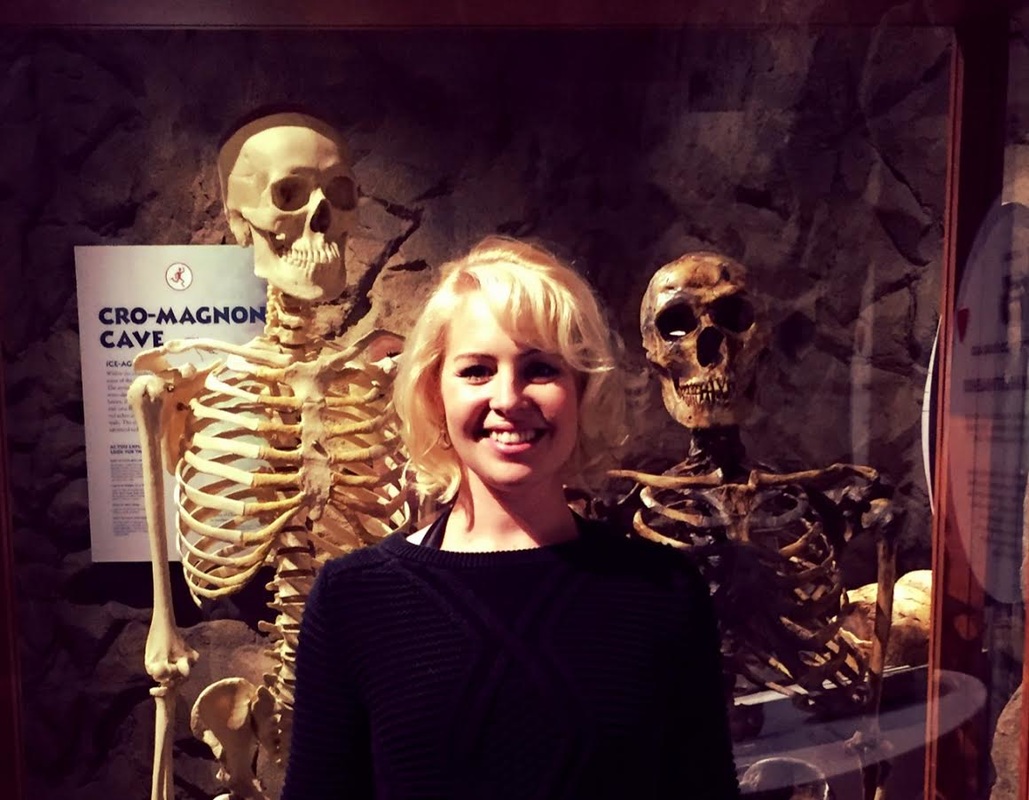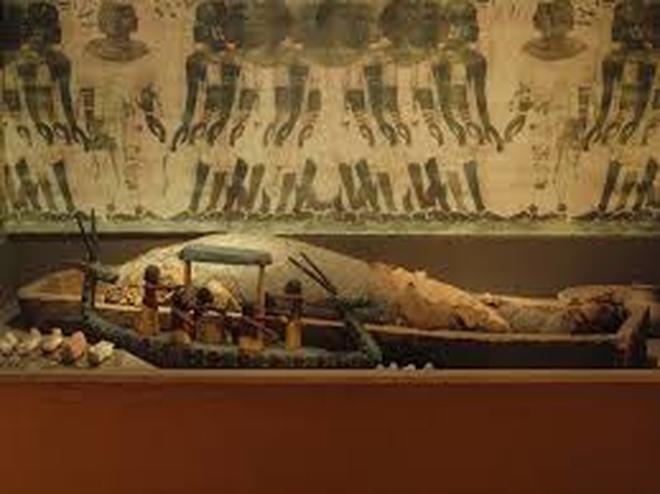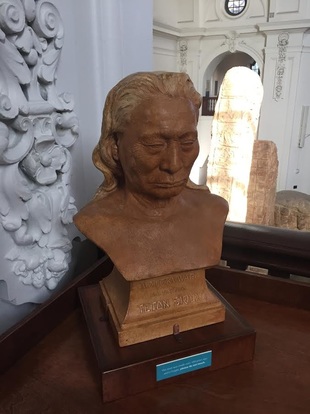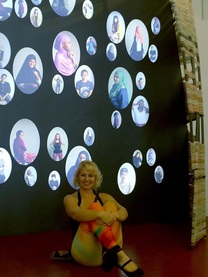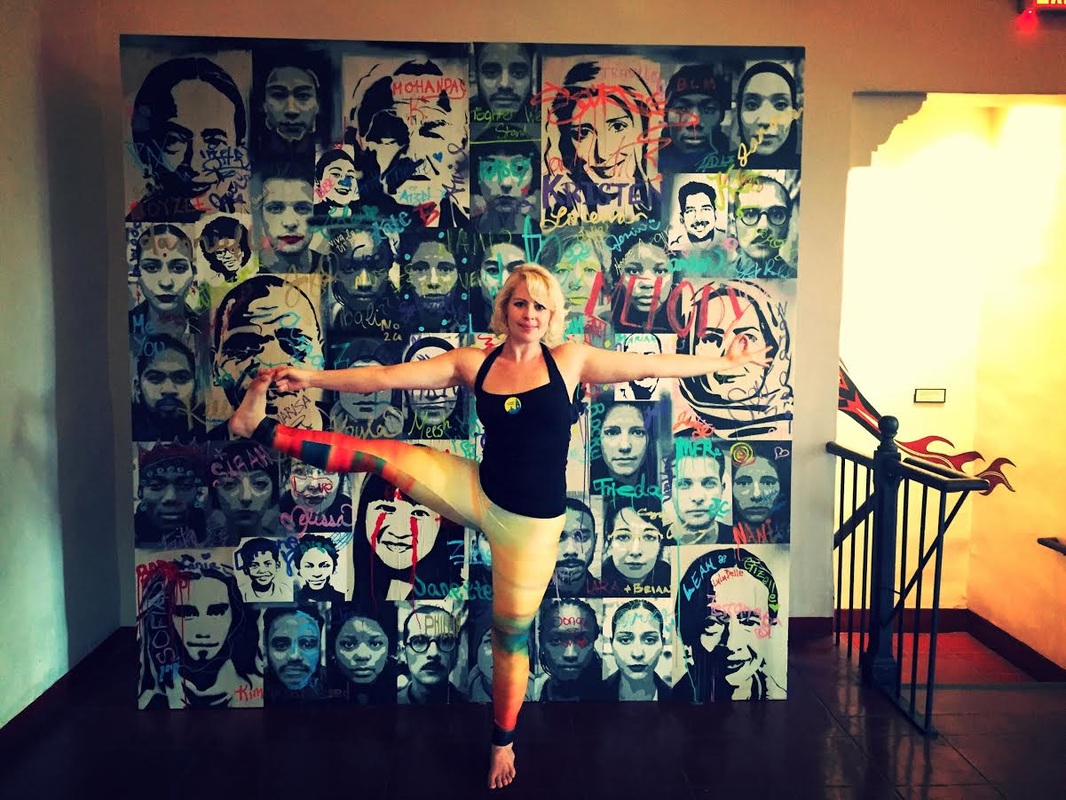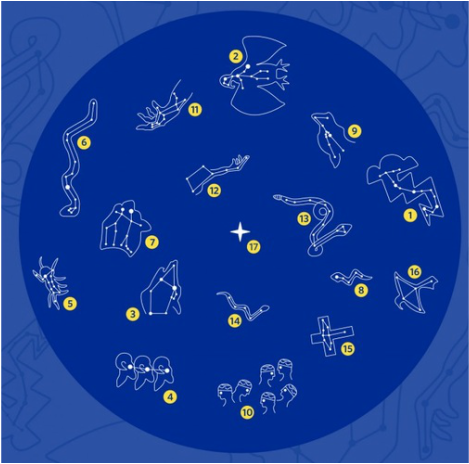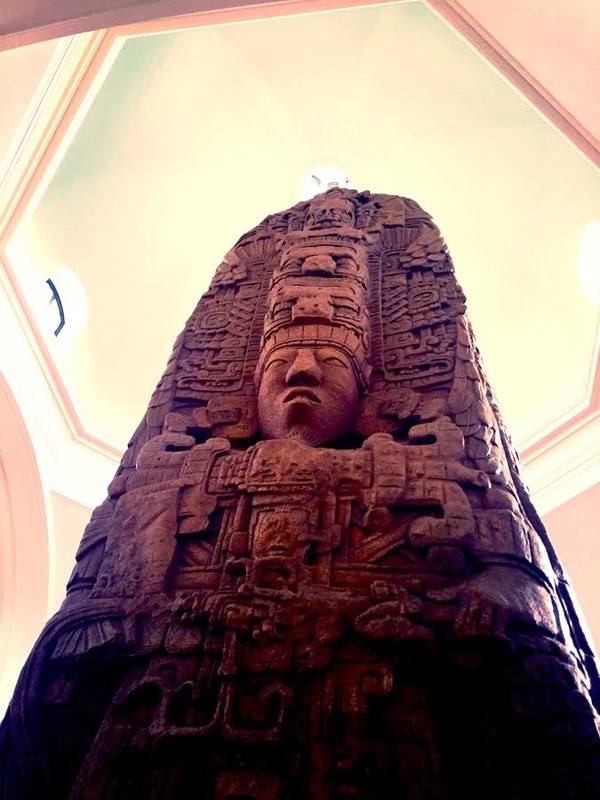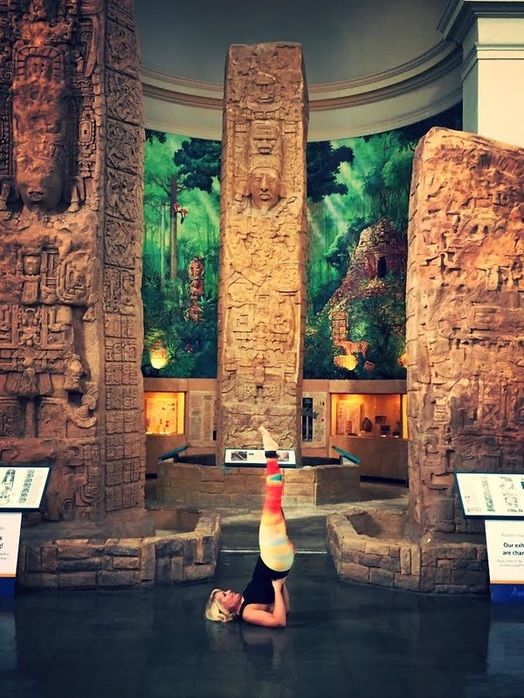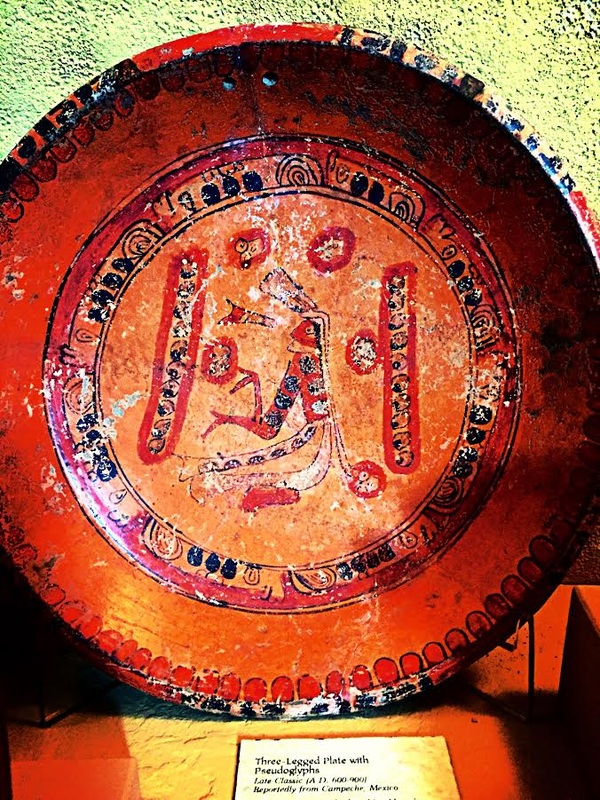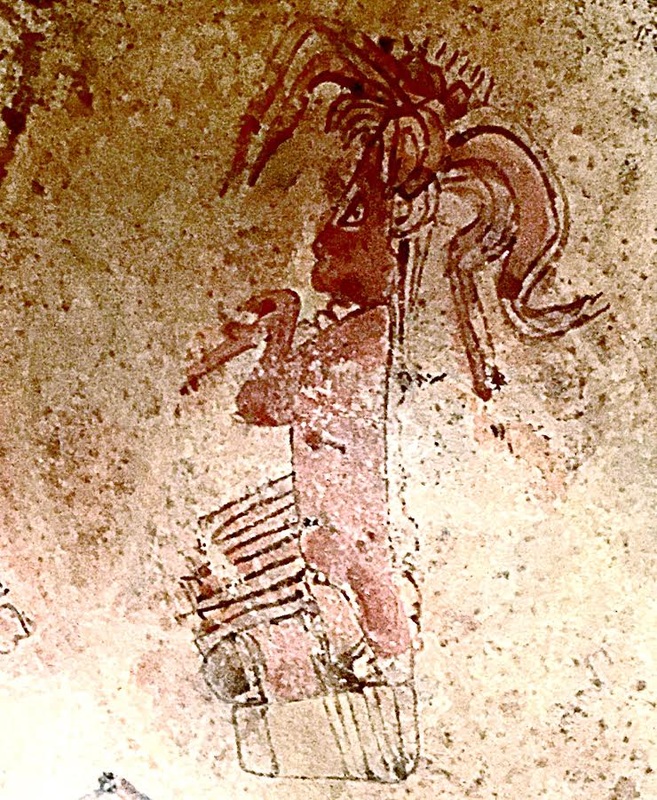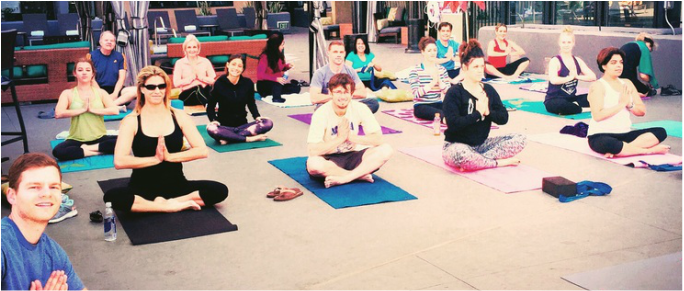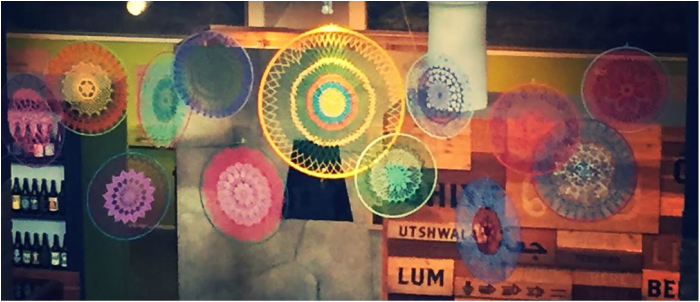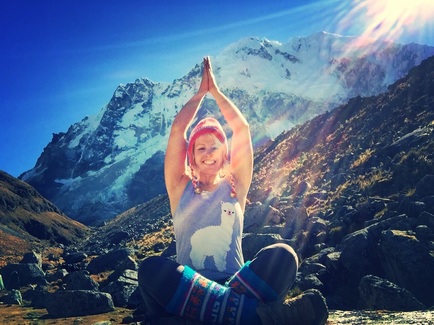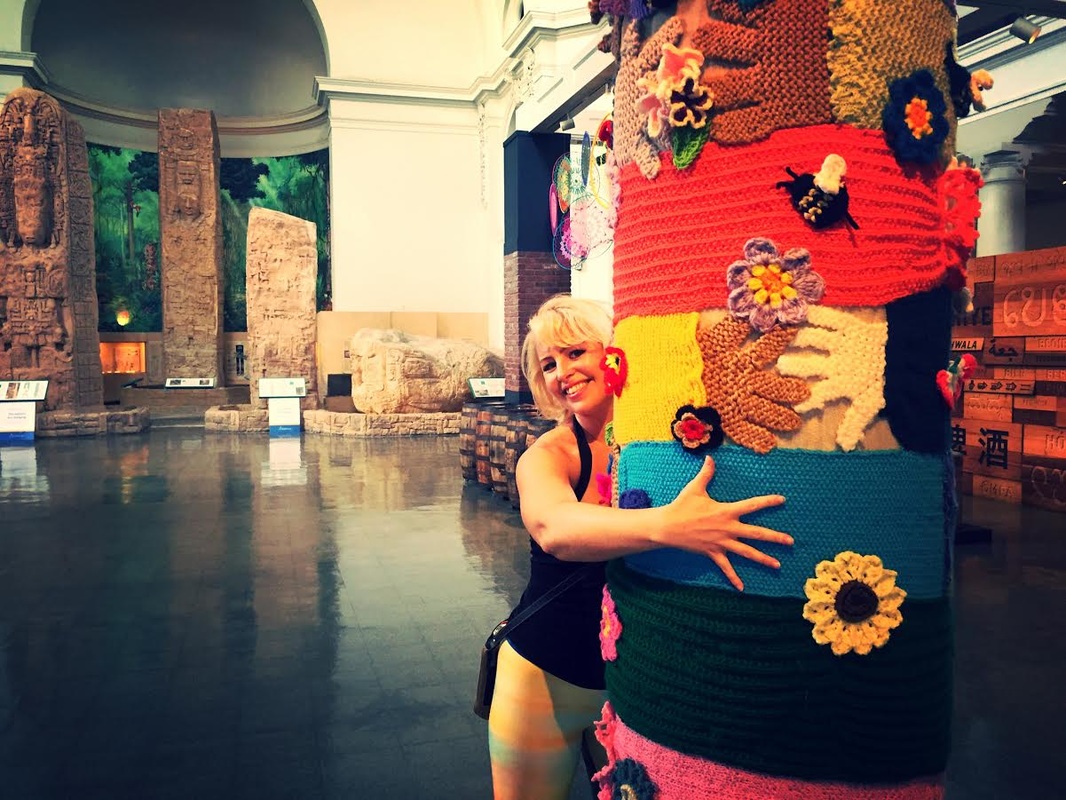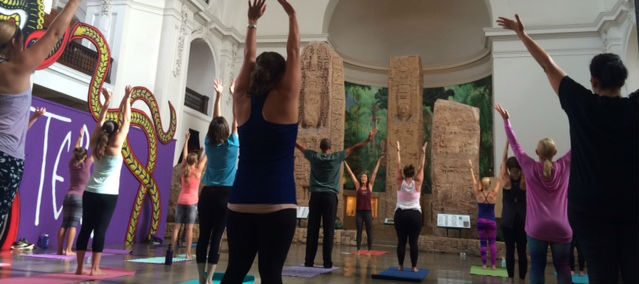Fangs, scales, or tentacles?
Have you fashioned a monster?
From snake-like, dragon-like, bird-like, or octopus-like, humankind has been creating monsters across cultures and time. Ironically, a fear of certain creatures and the unknown is shared on all continents. On the other hand, one of the important characteristics of historical heroes across cultures is being fearless in the face of big and often lethal enemies. This story and message has been told time after time throughout the human experience.
Have you fashioned a monster?
From snake-like, dragon-like, bird-like, or octopus-like, humankind has been creating monsters across cultures and time. Ironically, a fear of certain creatures and the unknown is shared on all continents. On the other hand, one of the important characteristics of historical heroes across cultures is being fearless in the face of big and often lethal enemies. This story and message has been told time after time throughout the human experience.
So, why do we still all use our imaginations to provoke fear?
When we imagine or see strange creatures, we often associate them with something that is large, ugly, and frightening. This triggers an unpleasant emotion, anxiety, caused by the belief that someone or something is dangerous and likely to cause pain to ourselves or someone dear to us.
Accelerating the breathing rate, sweating, and alertness are physiological changes in the body that show fear is activated. This reaction is an inborn response for coping with danger. This primitive mechanism can help people to survive by either running away or fighting the threat.
Accelerating the breathing rate, sweating, and alertness are physiological changes in the body that show fear is activated. This reaction is an inborn response for coping with danger. This primitive mechanism can help people to survive by either running away or fighting the threat.
In the exhibit, Footsteps Through Time: Four Million Years of Human Evolution, we can identify tools, artifacts, body parts, habitats, ideas, and other touchable replicas of early humans, primates, and futuristic cyborgs (part human, part machine). Stepping through this display, we piece together some of their story. From the tool shed, we see an assortment of tools they used to fight their threats. These battles can result in either dinner, a peaceful night’s sleep, or both. Because early humans that were quick to fear dangerous situations were more likely to survive and reproduce, caution is theorized to be a genetic effect.
From an evolutionary perspective, according to Human Brain Evolution and the "Neuroevolutionary Time-Depth Principle by Bracha in 2006, different fears may be different adaptations that have been useful in our evolutionary past, developing during different time periods. For example, a fear of heights, may be common to all mammals and developed during the dinosaur or reptile era. Other fears, such as fear of snakes, may be common to all monkeys and apes developed during the mammals and birds era. Additional fears, such as fear of mice and insects, may be unique to humans and developed during the early human paleolithic and neolithic time periods (when mice and insects become important carriers of infectious diseases and harmful for crops and stored foods).
From an evolutionary perspective, according to Human Brain Evolution and the "Neuroevolutionary Time-Depth Principle by Bracha in 2006, different fears may be different adaptations that have been useful in our evolutionary past, developing during different time periods. For example, a fear of heights, may be common to all mammals and developed during the dinosaur or reptile era. Other fears, such as fear of snakes, may be common to all monkeys and apes developed during the mammals and birds era. Additional fears, such as fear of mice and insects, may be unique to humans and developed during the early human paleolithic and neolithic time periods (when mice and insects become important carriers of infectious diseases and harmful for crops and stored foods).
As a result, humankind shares a fear of the unknown.
One of the ultimate mysteries is the concept of death. This fear ritualized the lives of our ancestors. For example, the Ancient Egyptians created a detailed mummification process with elaborately decorated tombs and sarcophagi. These rituals were designed to reduce the fear the end of life in ensuring the people that they will transition to another life after this one. These rituals also helped preserve their cultural ideas and form some of our present ideas like the concept of heaven.
The Museum of Man is honored to have one of the most important ancient Egyptian collections in the United States. The most extraordinary of painted wooden coffins is an extremely rare child’s coffin, in which only six others are known to exist worldwide. This sarcophagus is a cultural treasure reflecting the devotion ancient Egyptians had to their religious customs and beliefs.
The Museum of Man is honored to have one of the most important ancient Egyptian collections in the United States. The most extraordinary of painted wooden coffins is an extremely rare child’s coffin, in which only six others are known to exist worldwide. This sarcophagus is a cultural treasure reflecting the devotion ancient Egyptians had to their religious customs and beliefs.
Fear may be politically and culturally manipulated to persuade citizenry of ideas which would otherwise be widely rejected. For example, sometimes customs and beliefs bring more separation amongst the human race. Only a century ago, “anthropologists at the Museum of Man and the Smithsonian Institution worked together to collect plaster life casts of different racial types. These casts were displayed in San Diego at the 1915 Panama-California Exposition as part of an exhibition about the “progress of man” that presented European Americans as racially superior. (Museum of Man website)”
Previous scholars tried to conclude judgements of species and intelligence levels between people with different colors of skin. However, science has now discovered that over of thousands of years, our DNA has adjusted our skin color to relate to the amount of sun/vitamin D that our bodies should receive at a time. People whose ancestors come from the North need less sun each day, so they could stay warm in shelters, while people from more equatorial regions would stay outside all day and therefore not be oversaturated with vitamin D. The skin pigments adjusted accordingly.
In the exhibit, Race: Are We So Different?, artists like Kate Clark strive to connect the dots between the museum’s archive of face molds to the reality of living and breathing people today. She created a series of face molds from museum visitors to break down the stereotypes from these older social constructs. Today, so many different races have blended and moved around that the results are remarkably more united.
In the exhibit, Race: Are We So Different?, artists like Kate Clark strive to connect the dots between the museum’s archive of face molds to the reality of living and breathing people today. She created a series of face molds from museum visitors to break down the stereotypes from these older social constructs. Today, so many different races have blended and moved around that the results are remarkably more united.
Did you know that we share a connection with all living beings?
According to DNA, we are 50% related to bananas,
98.4 % with chimpanzees, and
99.9% similar to the person next to you
as well as all people in this world now.
It has been theorized that the formation of communities happened because people lived in fear. The result of this fear forced people to unite to fight dangers together rather than fight alone.
The Kumeyaay are the Native American people of present-day Southern California. For many generations before the arrival of the Spanish, they occupied the deserts, mountains, and coasts, developing sophisticated means of adapting to the diverse environments (Museum of Man website). Artifacts and photographs from the museum’s collection highlight the rich cultural heritage of the Kumeyaay, featuring the art of pottery and basket making, food procurement, dress and adornment, traditional medicine, games, and ceremonies. These tribes banded together to share their techniques of survival through hunting. They created a sense of unity and oneness in their clothing styles, rituals, and games as they strongly valued community. Kumeyaay have studied the night sky, developing a deeply-rooted cosmological belief system that centers on the Mat’taam (calendar year), My Uuyow (sky knowledge), and constellation map.
Photo Credit: Museum of Man
Further south, in Mexico, Guatemala, Belize, Honduras, and El Salvador, the Mayans also had an intricate system of understanding time and sky knowledge along with a sense of community. Using cycles of the moon, sun, and planets, the Mayans developed accurate calendar systems. More than a thousand years ago, they used unique hieroglyphic writing to carve important dates, names of their rulers, and ceremonial events on huge stone monuments called stelaes. Displayed in the Rotunda Gallery are casts of the original stelaes from Quirigua, Guatemala. The casts were made for the 1915 Panama-California Exposition and have been on display since.
In the center of this exhibit lies the ceiba tree, the sacred model for the Maya cosmos.
In the center of this exhibit lies the ceiba tree, the sacred model for the Maya cosmos.
Archaeological discoveries of masks, bowls, and figurines highlight the creativity and beliefs of the ancient Maya. Two plates show a figure seated in sukasana pose. For millennia, people all over the world have been sitting on the ground in cross-legged positions.
Mayan Figure seated in Sukasana Pose
Despite its name, Sukhasana meaning “easy sitting pose” it doesn’t always feel easy for a lot of people, especially in today’s culture with the convenience of chairs. Using our core strength, we make many small adjustments to distribute our weight evenly over our sitting bones, balance our shoulders directly over our hips, and align our head directly with our spine.
A well-aligned Sukhasana produces the conditions for a relaxed, yet alert, state in both the body and mind. Therefore, Sukhasana has the power to draw us deep inside, leading us toward a meditative state and revealing the immense joy present within our hearts.
A well-aligned Sukhasana produces the conditions for a relaxed, yet alert, state in both the body and mind. Therefore, Sukhasana has the power to draw us deep inside, leading us toward a meditative state and revealing the immense joy present within our hearts.
The word sukha can also mean “happy” or “joyful.”
This name is a reminder of the innate joy that is within all of us.
Is it surprising then that the opposite of fear is calm, assurance, love, courage, heroism, confidence, faith, happiness, and joy?
We have the power to overcome frightful social constructs through connection with our mind and body, we can breathe through fear! In yoga practice we call these breathing techniques pranayama.
Yogic philosophy is a guide and reference point along the journey made by those who have walked it before us. Thousands of years ago, Pantajali created the 8 Limbed Path as a guide towards true yoga and peace. He suggested the practice of asanas (postures) and pranayama as preparation for Samadhi, the very last limb, which means "to bring together, to merge." Samadhi refers to union. There is an ending to the separation that is created by the "I" and "mine" of our illusory perceptions of reality. During samadhi, we realize what it is to be an identity without differences, and how a liberated soul can enjoy pure awareness of this pure identity. (expressionsofspirit.com)
Yogic philosophy is a guide and reference point along the journey made by those who have walked it before us. Thousands of years ago, Pantajali created the 8 Limbed Path as a guide towards true yoga and peace. He suggested the practice of asanas (postures) and pranayama as preparation for Samadhi, the very last limb, which means "to bring together, to merge." Samadhi refers to union. There is an ending to the separation that is created by the "I" and "mine" of our illusory perceptions of reality. During samadhi, we realize what it is to be an identity without differences, and how a liberated soul can enjoy pure awareness of this pure identity. (expressionsofspirit.com)
Mandalas at the Museum of Man are a symbol of Unity.
In the state of samadhi the body and senses are at rest yet the mind and reason are alert, as if awake. There is only the experience of consciousness and unutterable joy. Samadhi, is the ultimate goal of our spiritual journey on earth. Perhaps enlightenment is not your conscious goal right now, but samadhi is the highest state of consciousness that a human can reach in life.
There is no longer any individuality of our experiences: gender, personal history, family and cultural values, education, etc. In Samadhi, that filter is removed to make room for being intensely present without a point of view. In samadhi you perceive all points of view of reality at once, without focusing on any particular one. This concept of samadhi brings with it the possibility of a deep hope about our growth as human beings.
Samadhi can be experienced through our purple Crown Chakra, the energy source, resting on the top of our head. This crown represents the invisible dwelling of God consciousness, our divine nature, this connection to our God Self, from which we came and also are destined to return.
There is no longer any individuality of our experiences: gender, personal history, family and cultural values, education, etc. In Samadhi, that filter is removed to make room for being intensely present without a point of view. In samadhi you perceive all points of view of reality at once, without focusing on any particular one. This concept of samadhi brings with it the possibility of a deep hope about our growth as human beings.
Samadhi can be experienced through our purple Crown Chakra, the energy source, resting on the top of our head. This crown represents the invisible dwelling of God consciousness, our divine nature, this connection to our God Self, from which we came and also are destined to return.
We may have glimpses of this state, but it’s very rare to live entirely in this state. Some people have this experience during prayer or meditation, others during physically bonding, and still others while alone in the woods. Samadhi is awareness of the oneness of the Universe blended with connectedness, forgiveness, joy and love. We need the journey of yoga to help us discover what was present inside us all along.
Be still.
Can you find this connection and oneness within yourself and all living beings?
Join us for Yoga under the Rotunda at the Museum of Man as we explore the story of humanity and reach towards samadhi.
Saturday, November 12th, 8:30-9:30am
Photo Credit: Museum of Man
